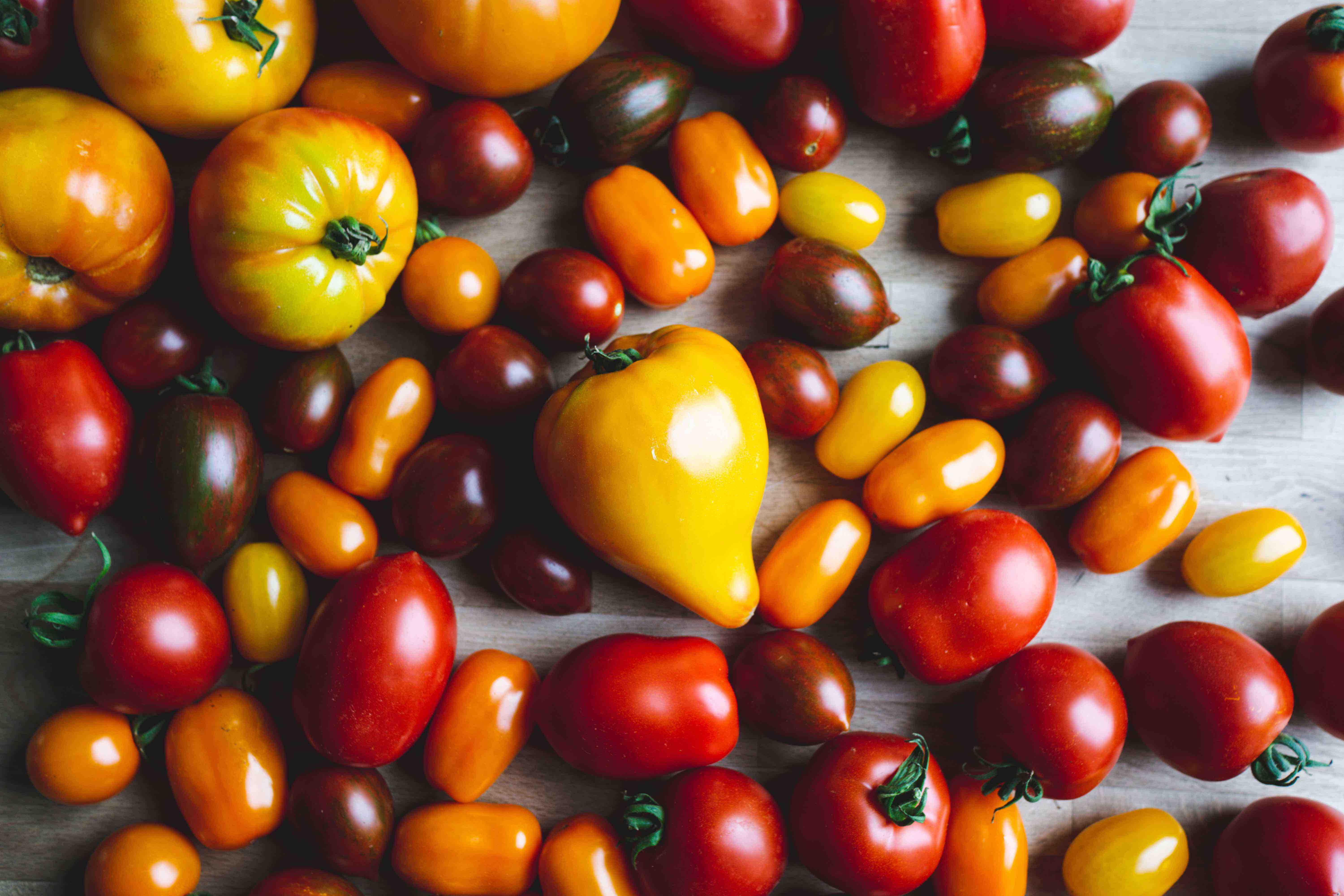Treasures from pre-industrial times
A great variety emerges....
When people began to settle down, the targeted cultivation of a wide variety of crops also began. Over generations, plants that were particularly well adapted or tasty were propagated. The result was a wonderfully colorful variety of different types of fruit and vegetables. The greatest variety of crops existed around 1800, but this changed with the beginning of industrial agriculture.
Crop diversity is dwindling
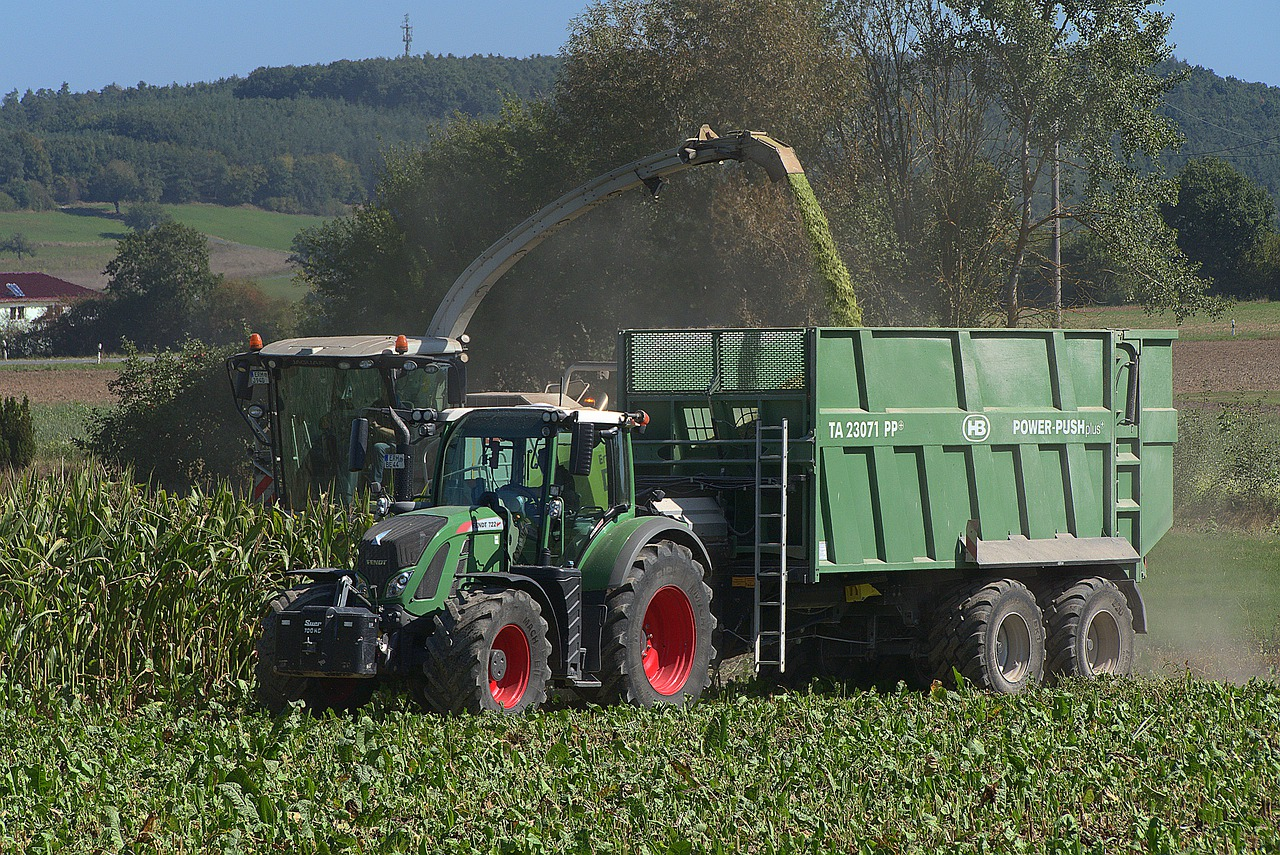
Agriculture developed from self-sufficiency to market supply. The requirements for crops changed. Professionalized plant breeding emerged in order to select plants with desired traits and crossbreed them in a targeted manner. These varieties were marketed and cultivated nationwide, causing old, regional varieties to disappear from the fields.
Biodiversity declines
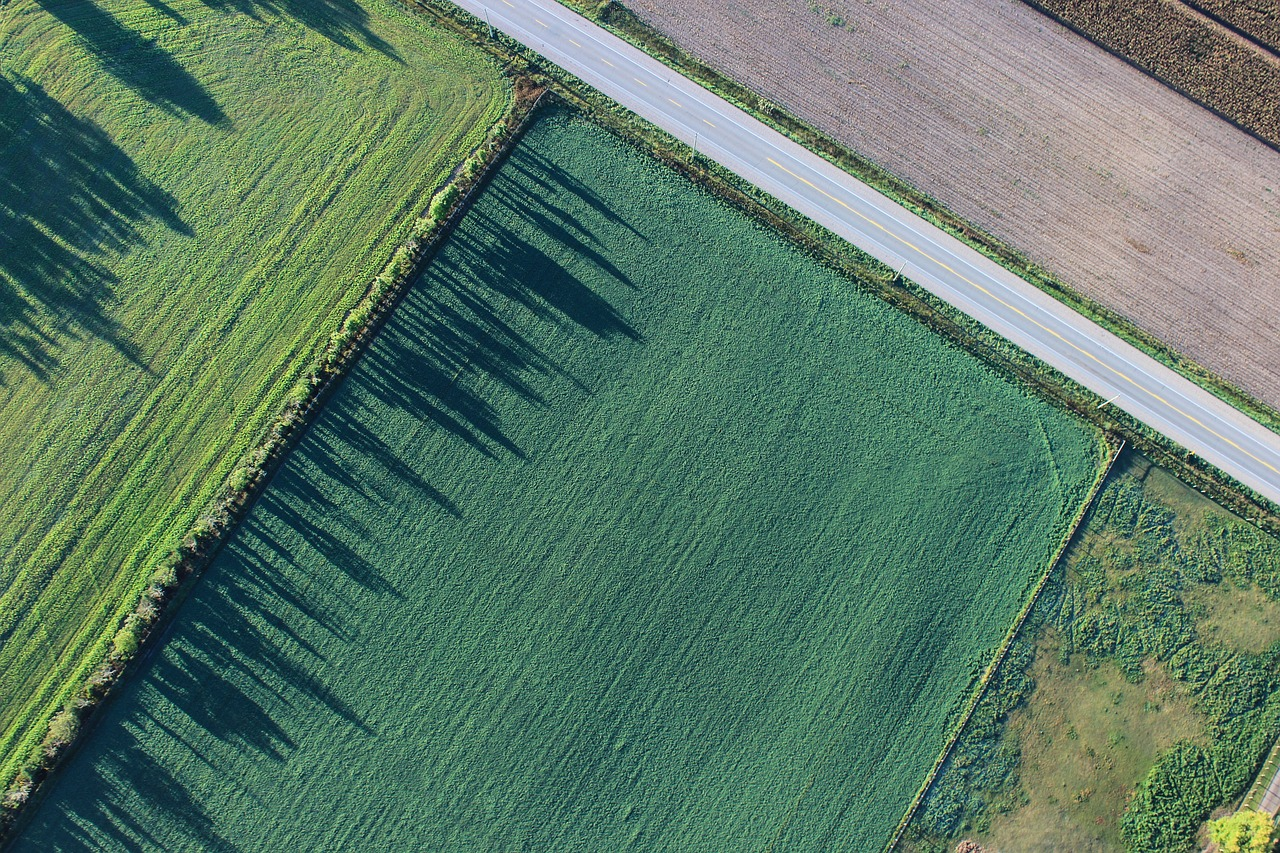
With the land consolidation in 1953, land ownership was recorded in terms of area and combined into larger areas. This meant that the fields could be farmed more efficiently. The landscape became more homogeneous, and many small-scale habitats were destroyed. In addition, mixed crops were replaced by monocultures, resulting in a sharp decline in biodiversity in the fields.
Decline in variety diversity
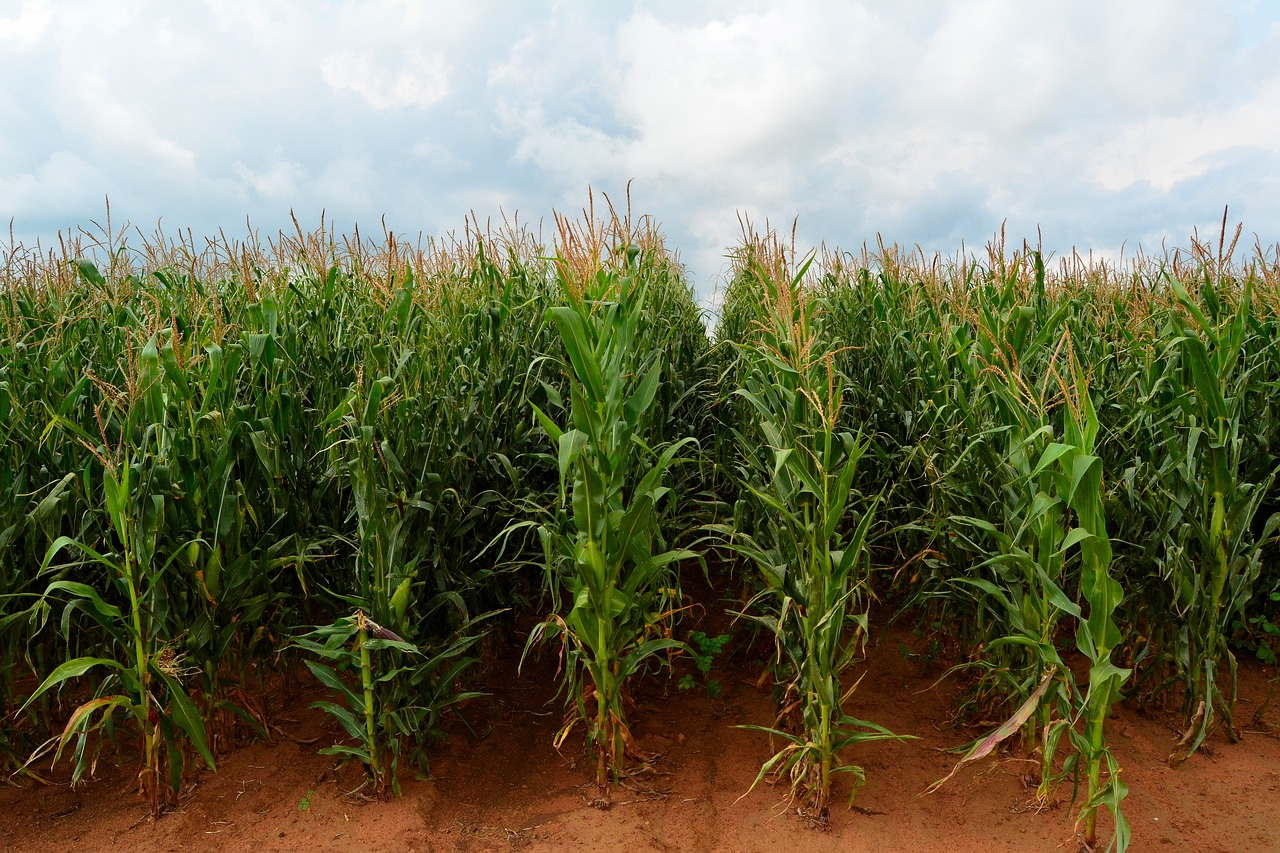
With the introduction of the Seed Marketing Act in 1986, commercially traded varieties must be approved by the Federal Plant Variety Office. Since then, the demands of industrial agriculture have largely determined which crops are cultivated. Only just under 20 % of the varieties registered each year are approved. This legal measure thus contributes to the decline in variety diversity.
Why do heirloom varieties rarely receive variety approval?
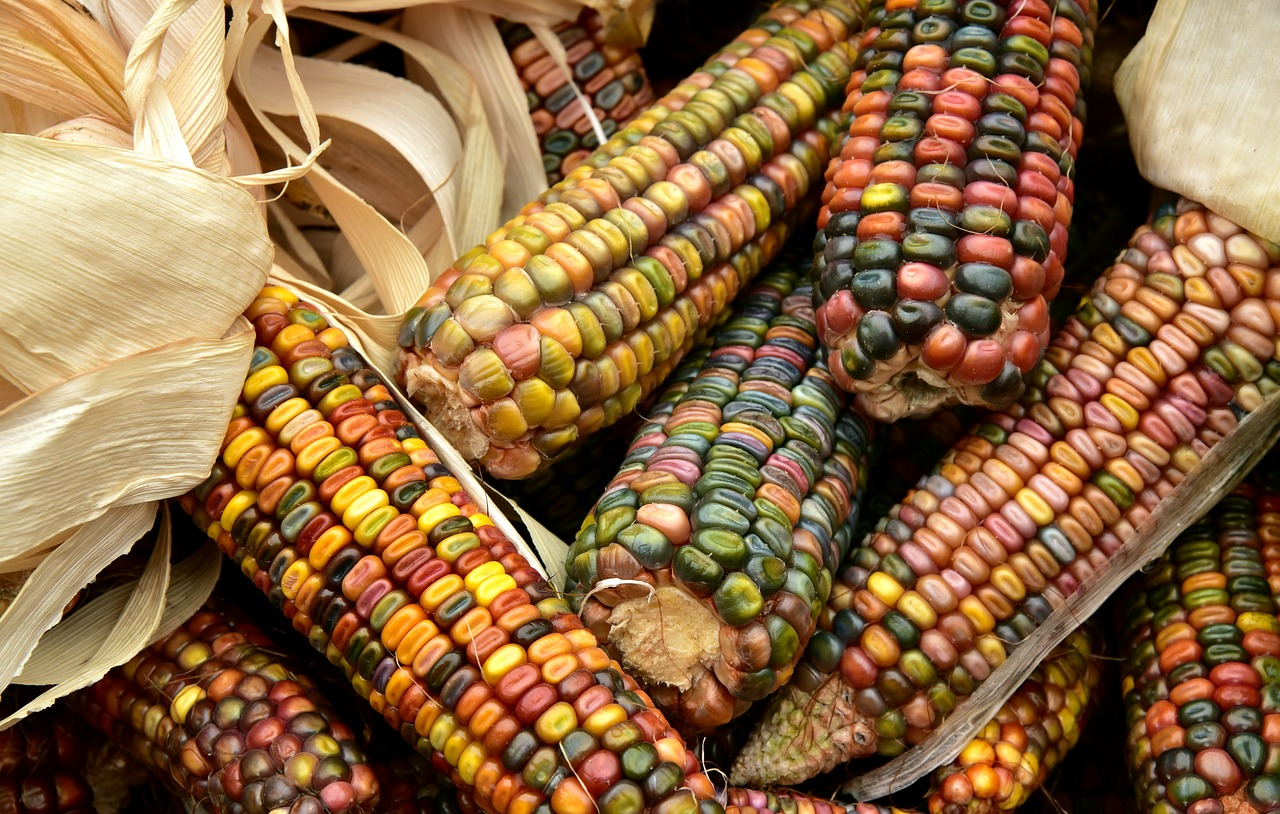
- Crops can differ in size and color, which makes classification by the Federal Plant Variety Office impossible (no clear variety description)
- Plants can form a non-uniform crop due to different growth rates or maturation periods
- Yield is not optimized
- Plants do not bring any agricultural value (no improvements for crop production or utilization)
Heirloom varieties are highly endangered
As many as 75% of historically used vegetable varieties are "lost varieties". These varieties have neither variety approval nor a seed sample, so the genetic material is lost. In order to preserve the remaining old varieties, they must be cultivated and used. Bring old varieties back to life by cultivating and propagating them.
